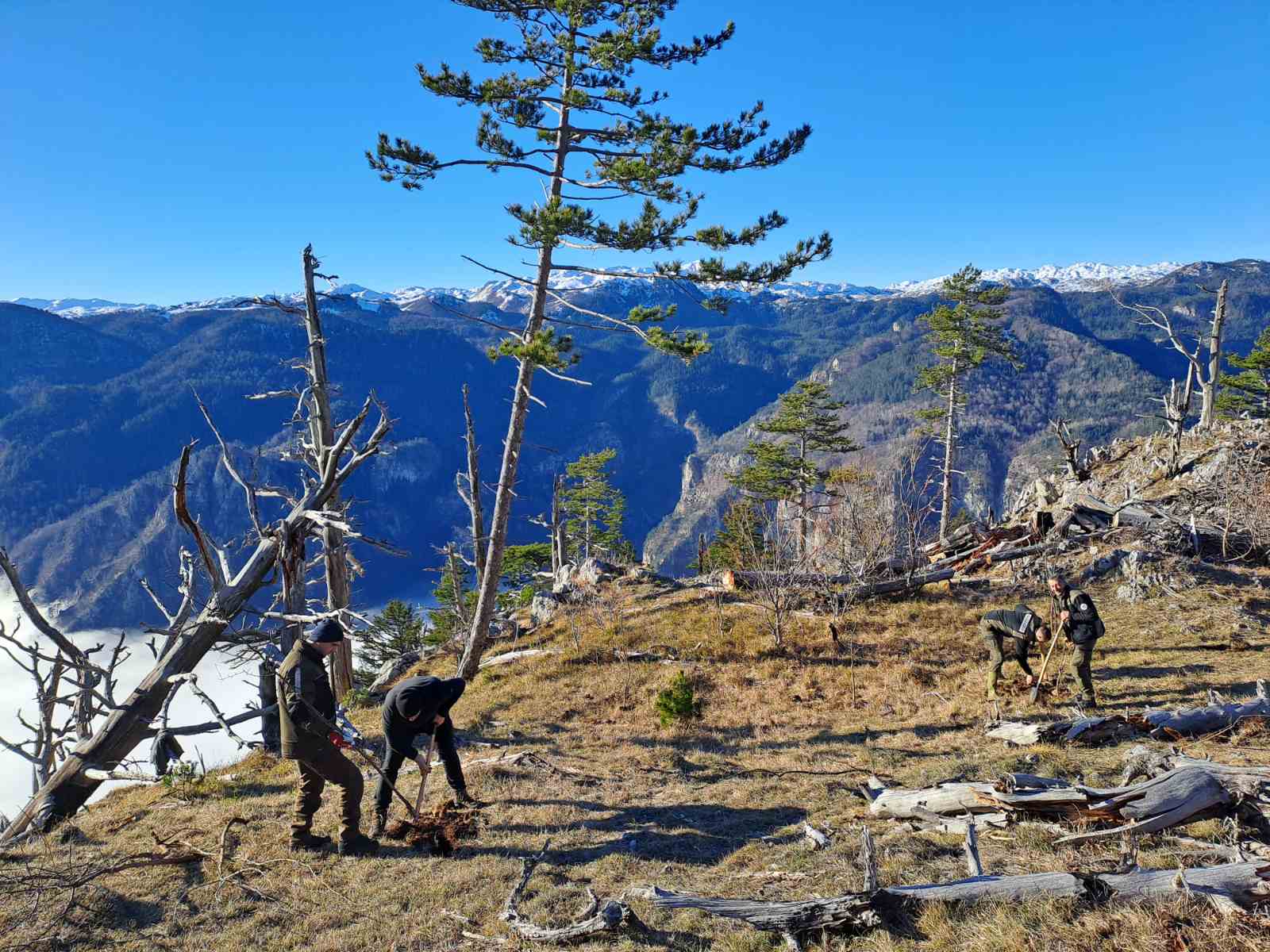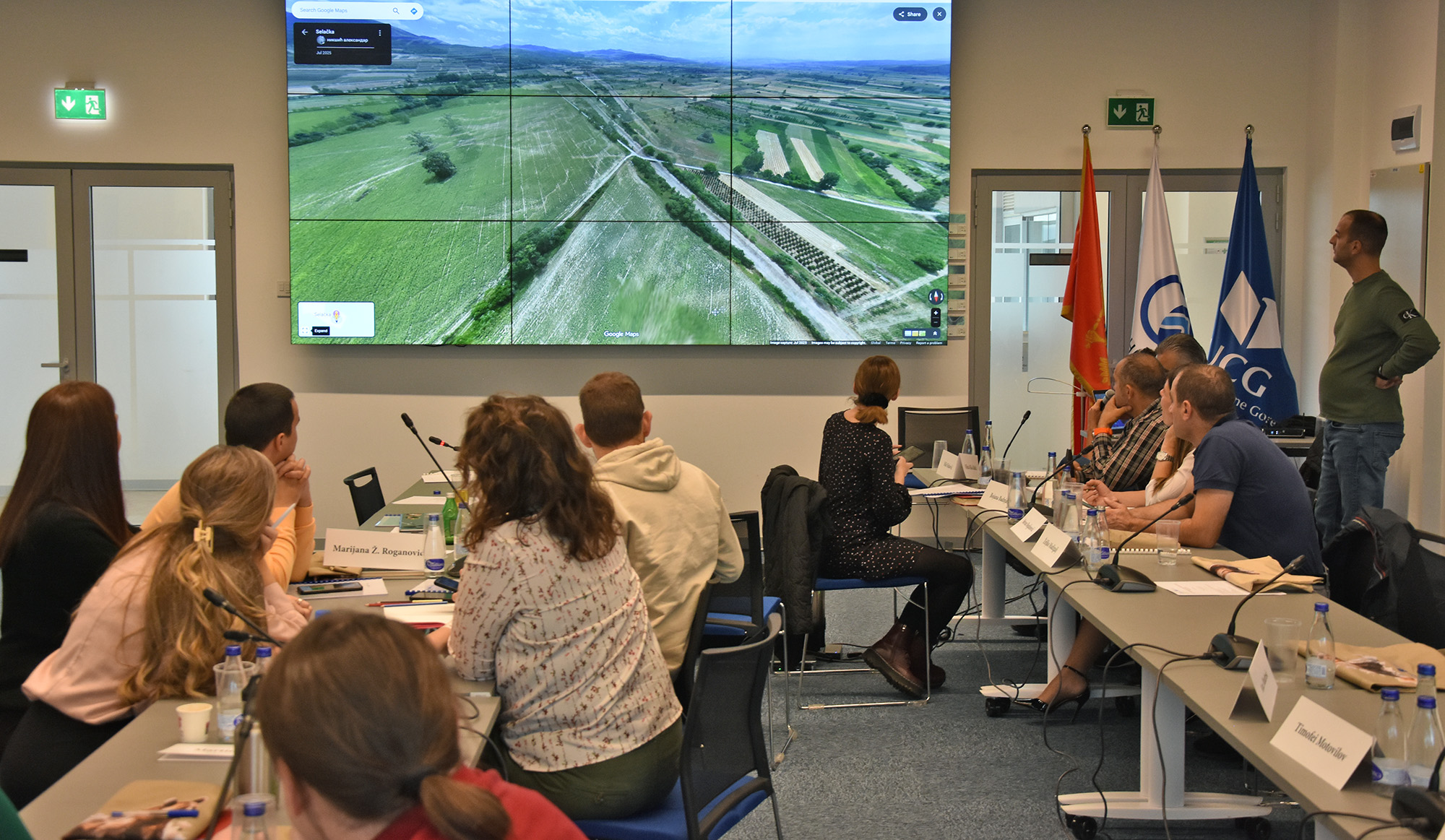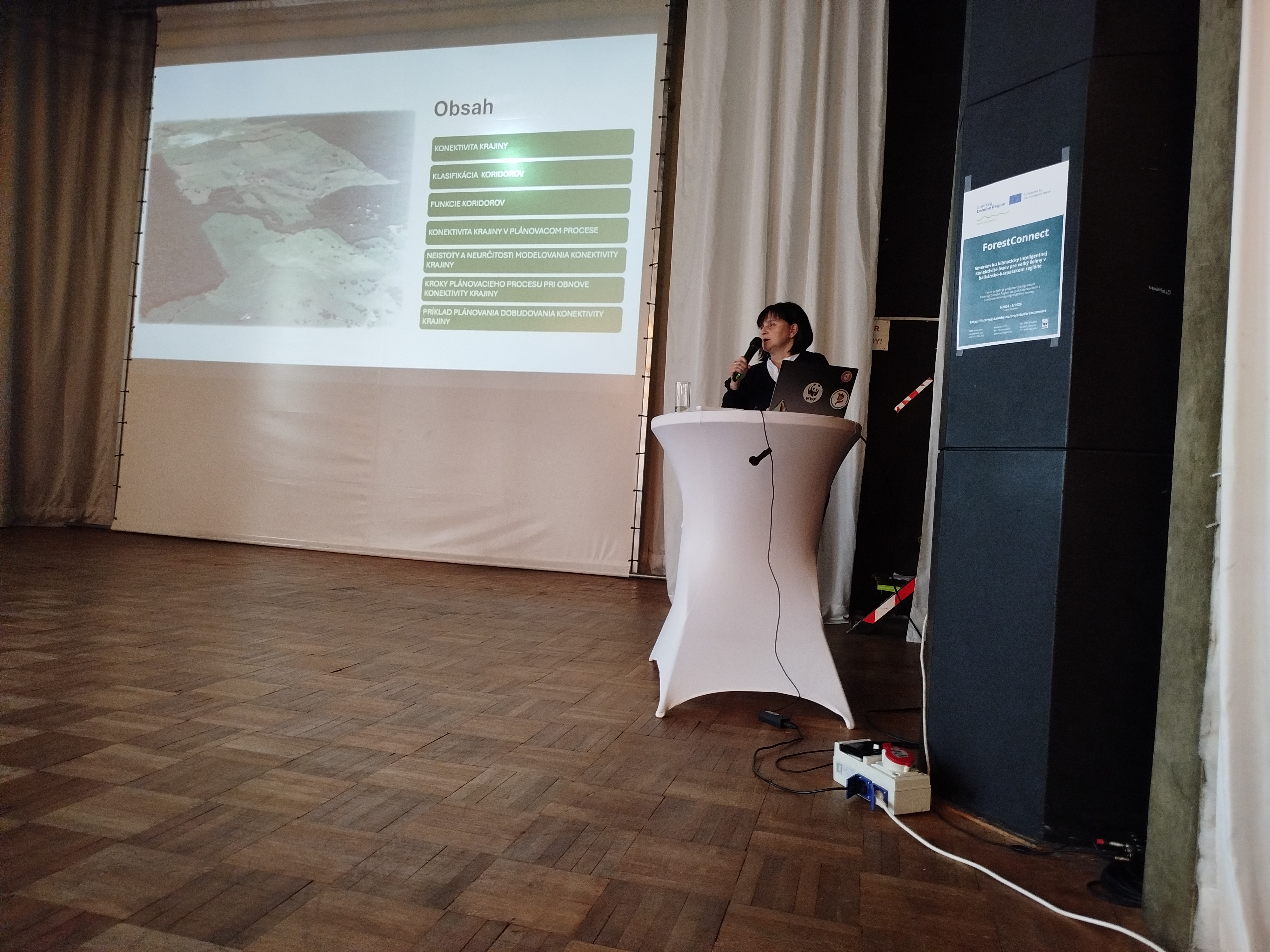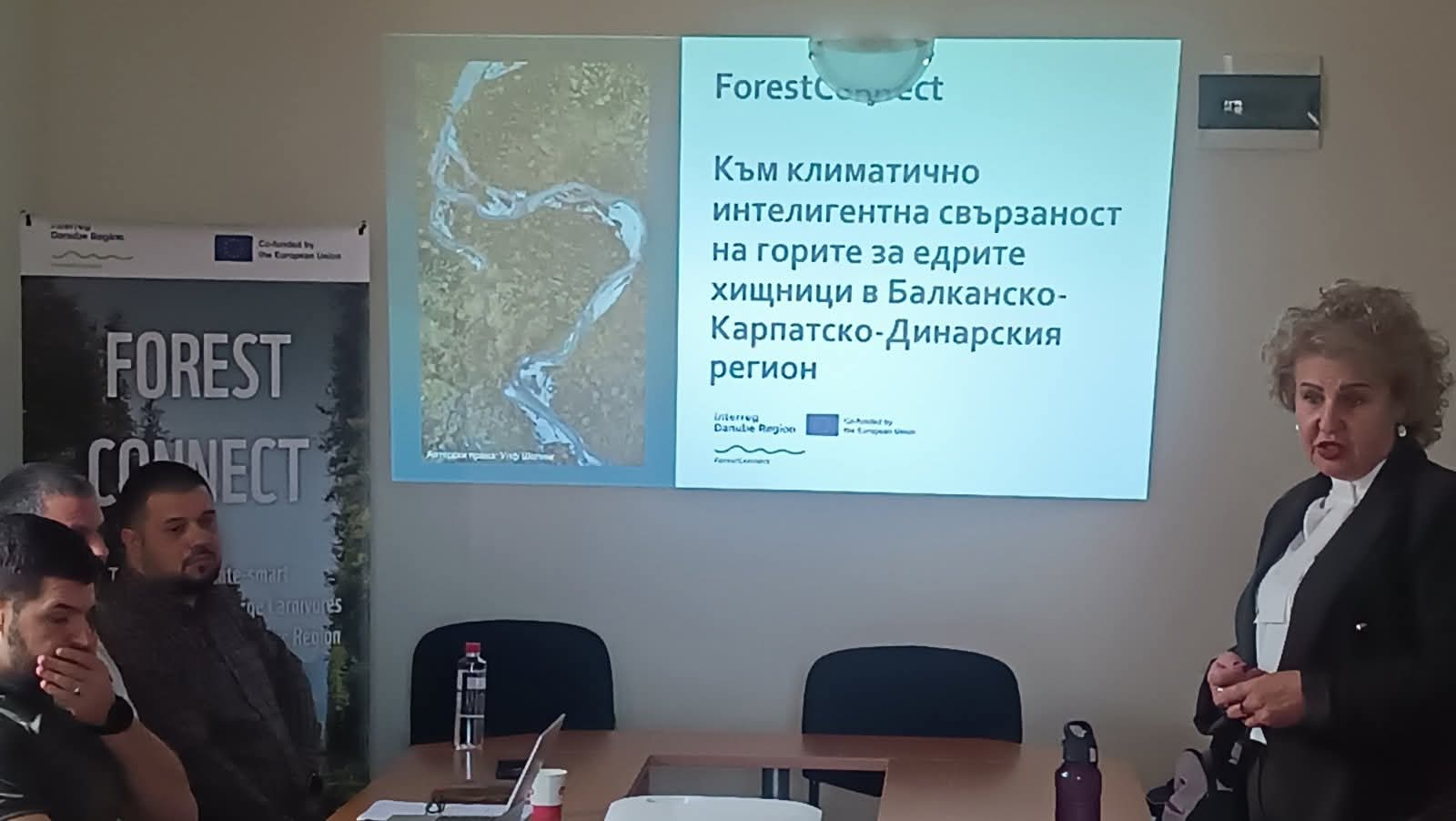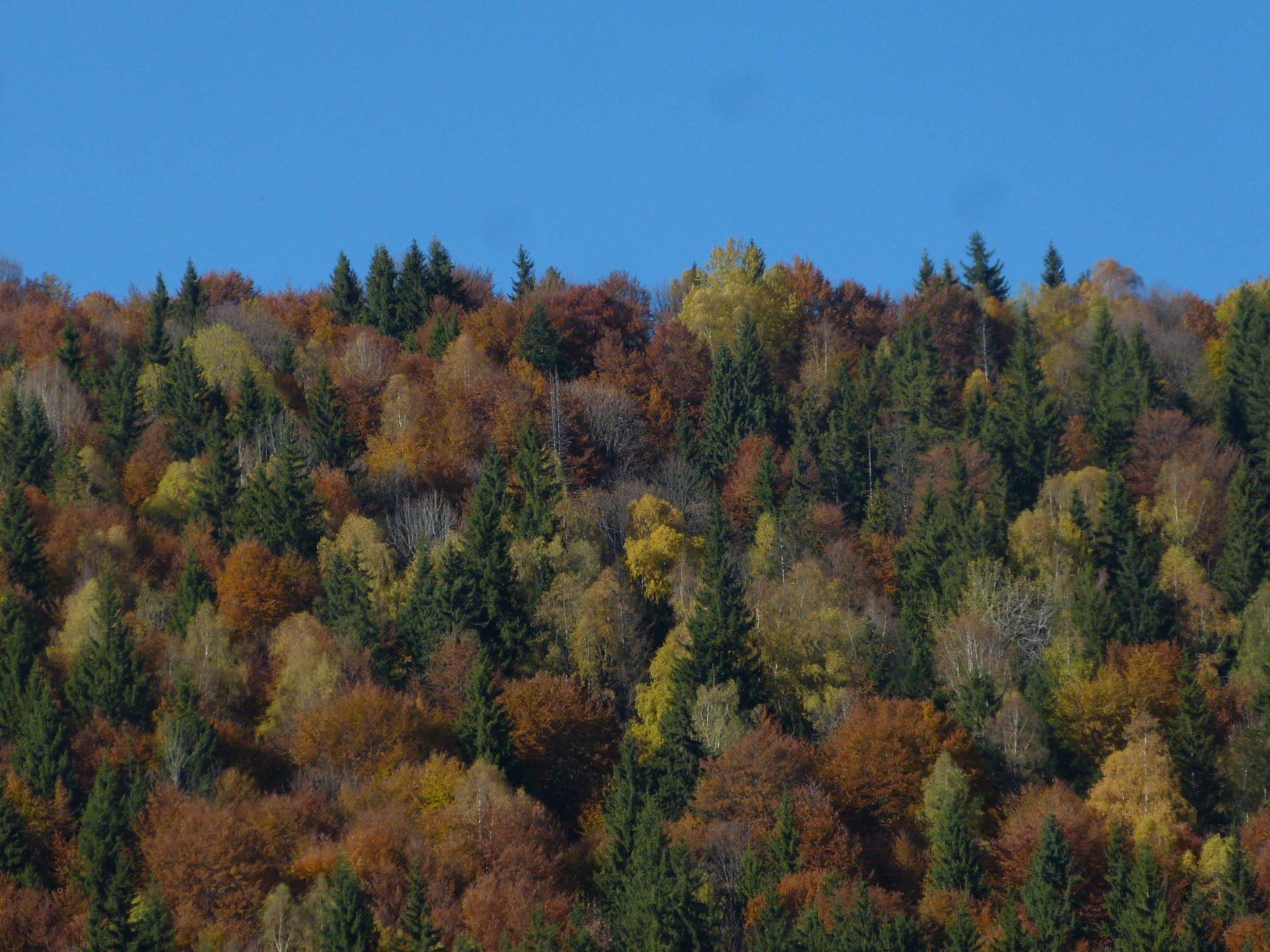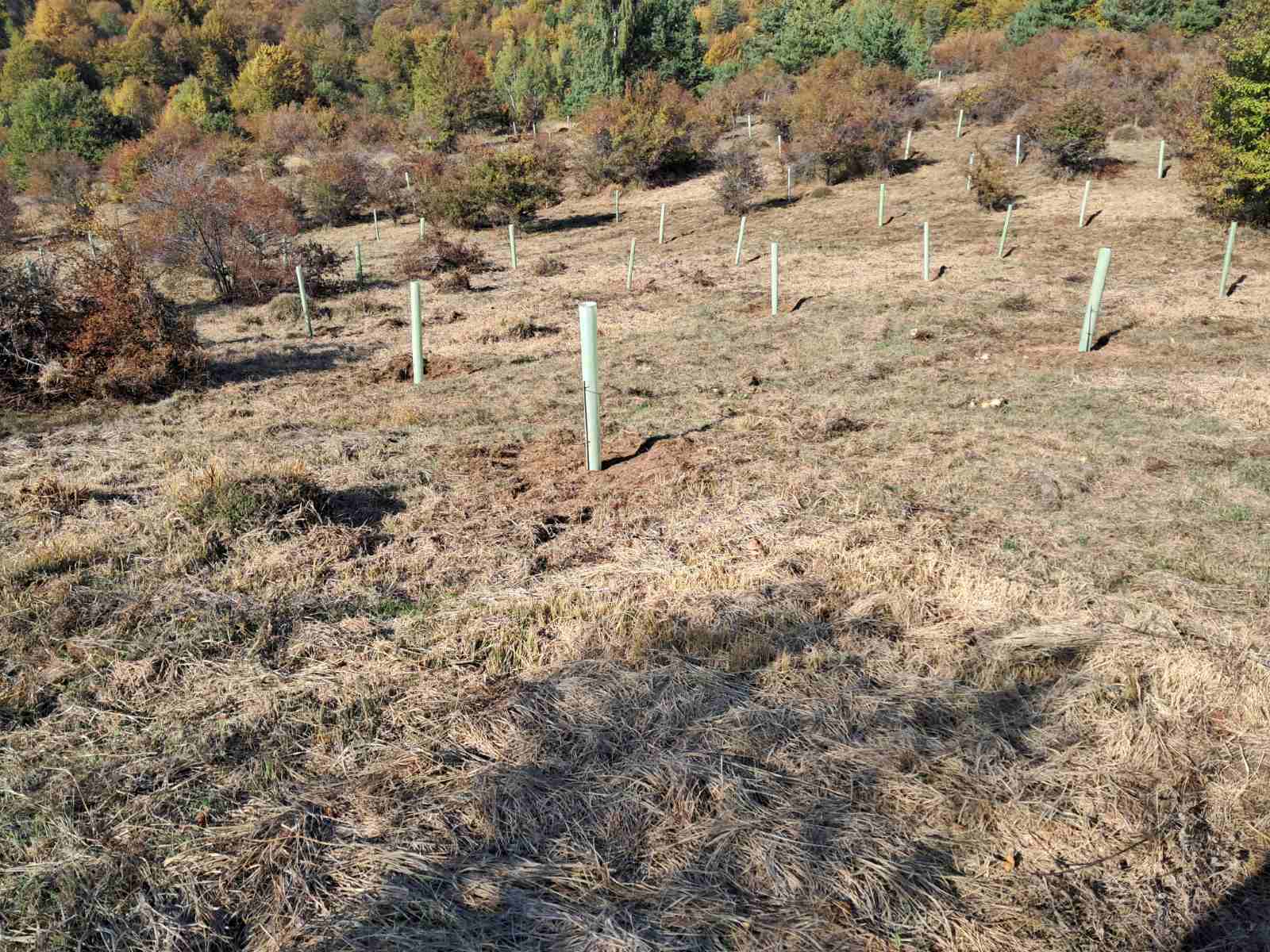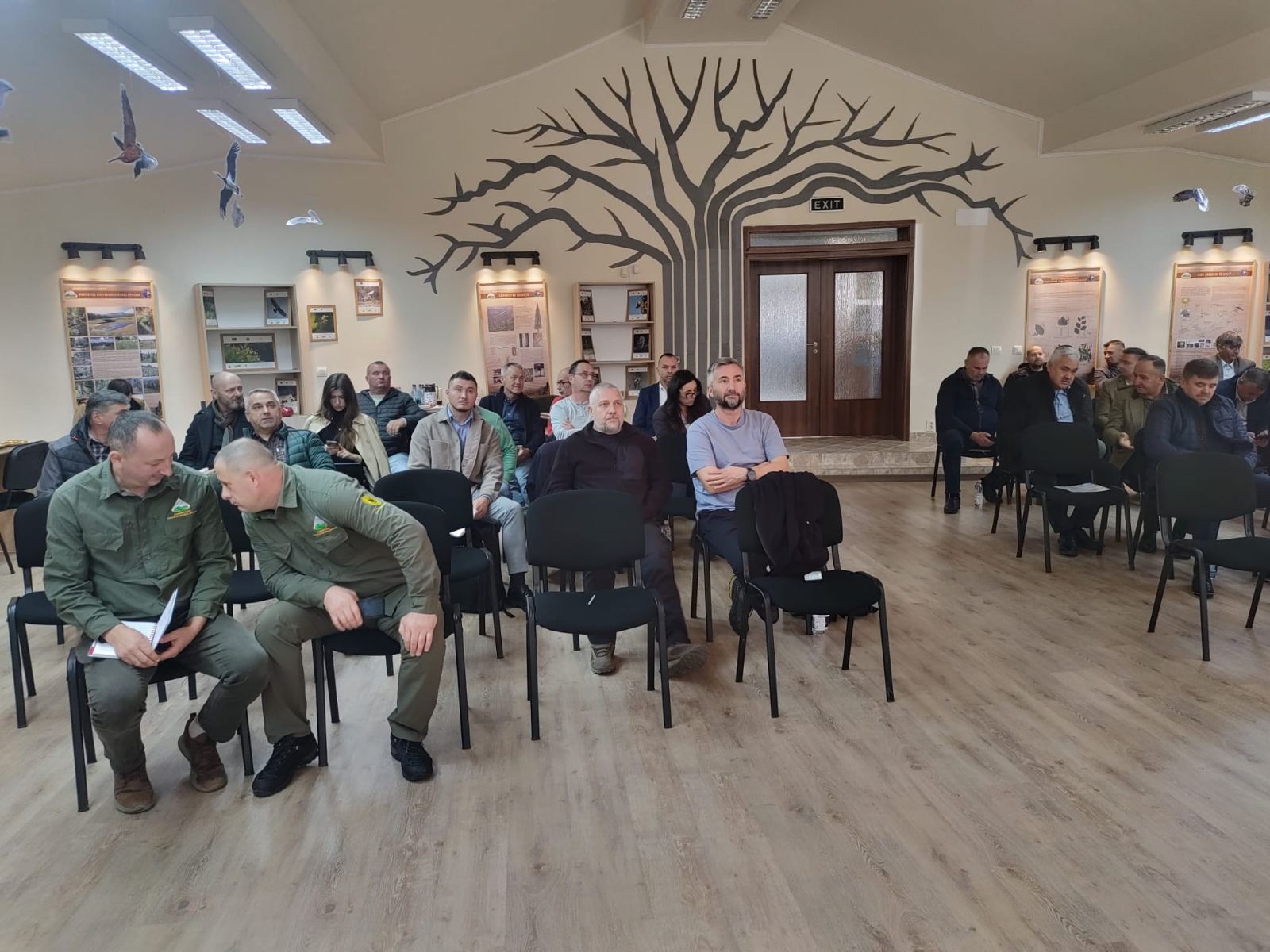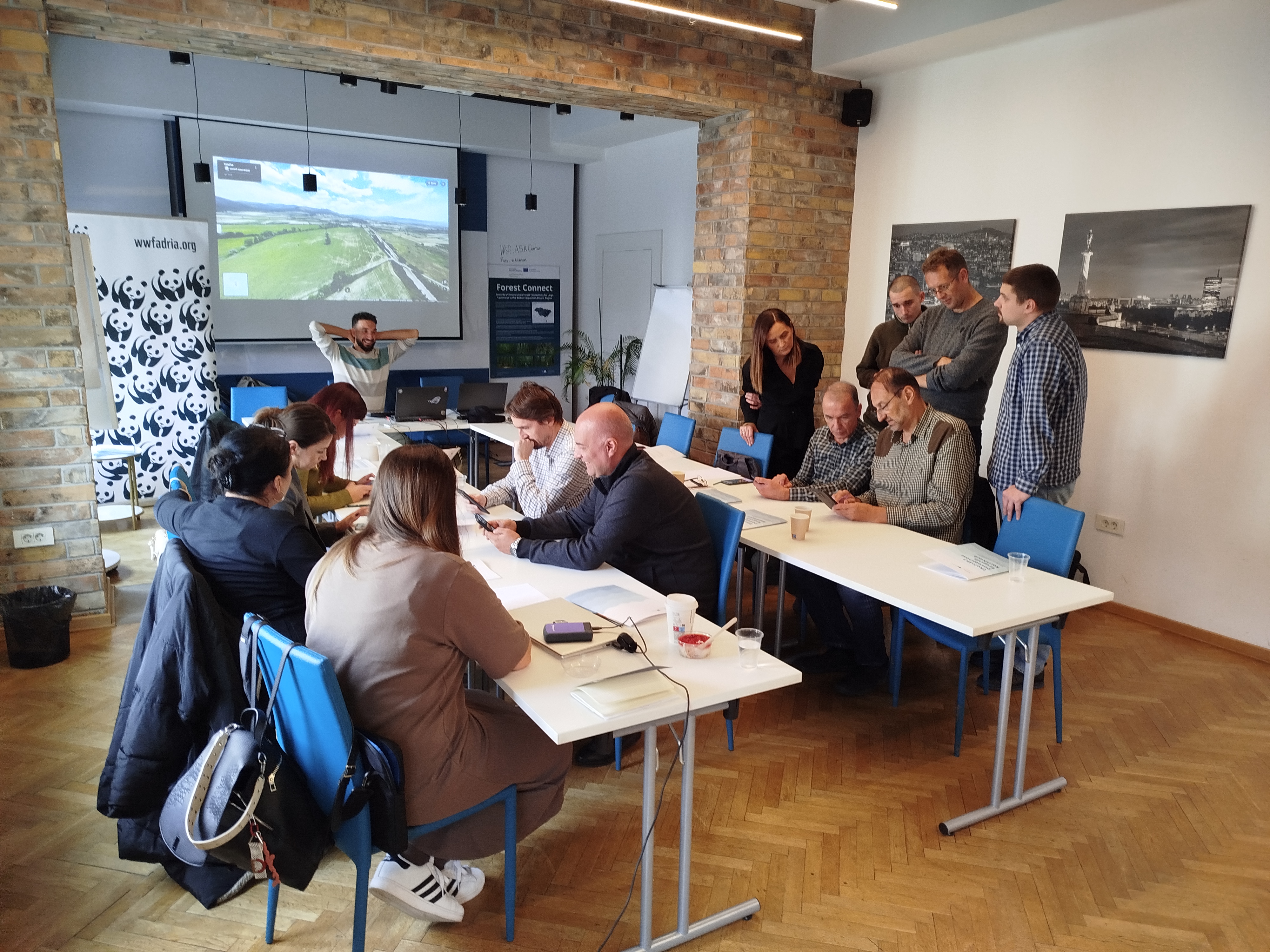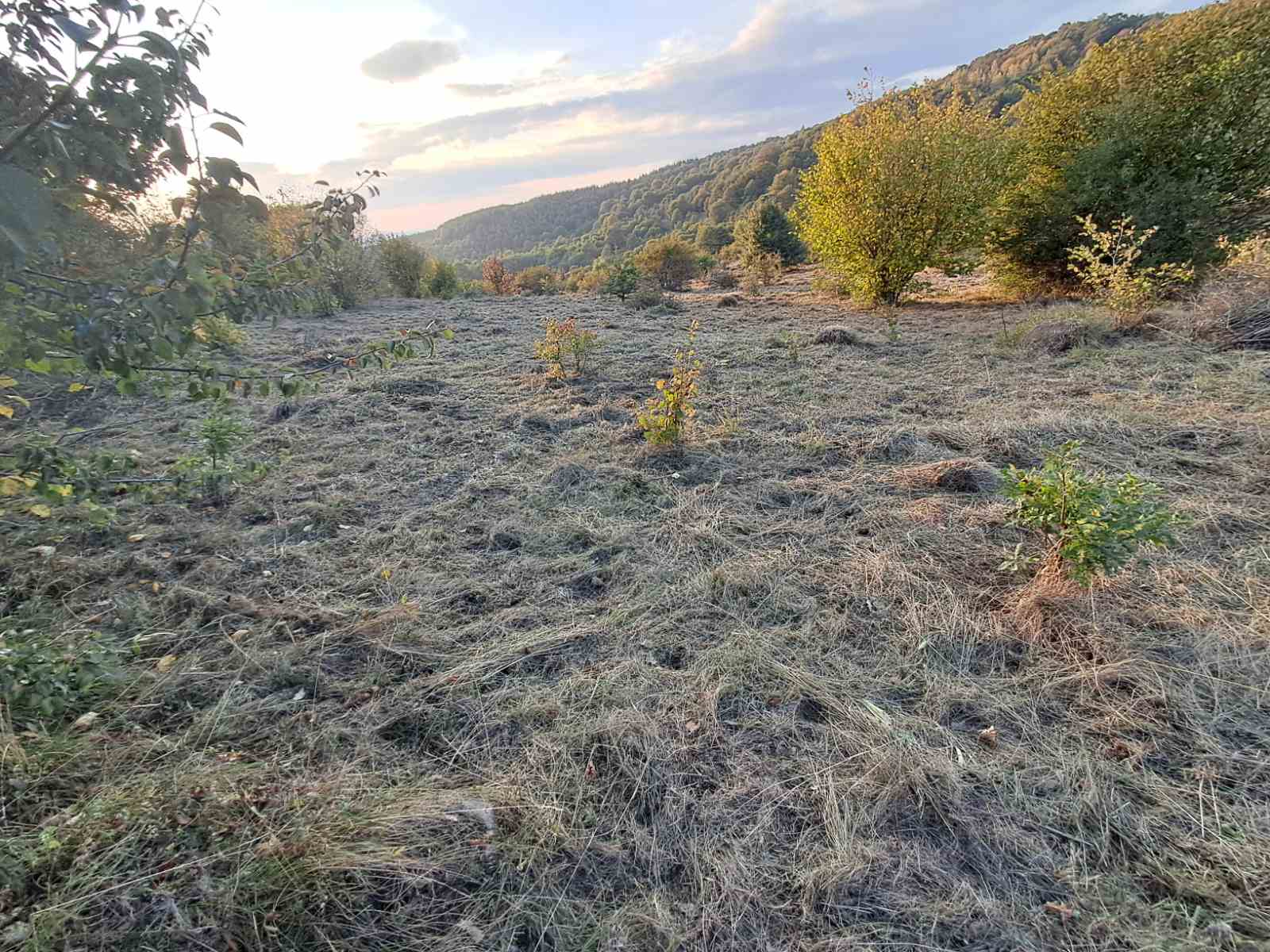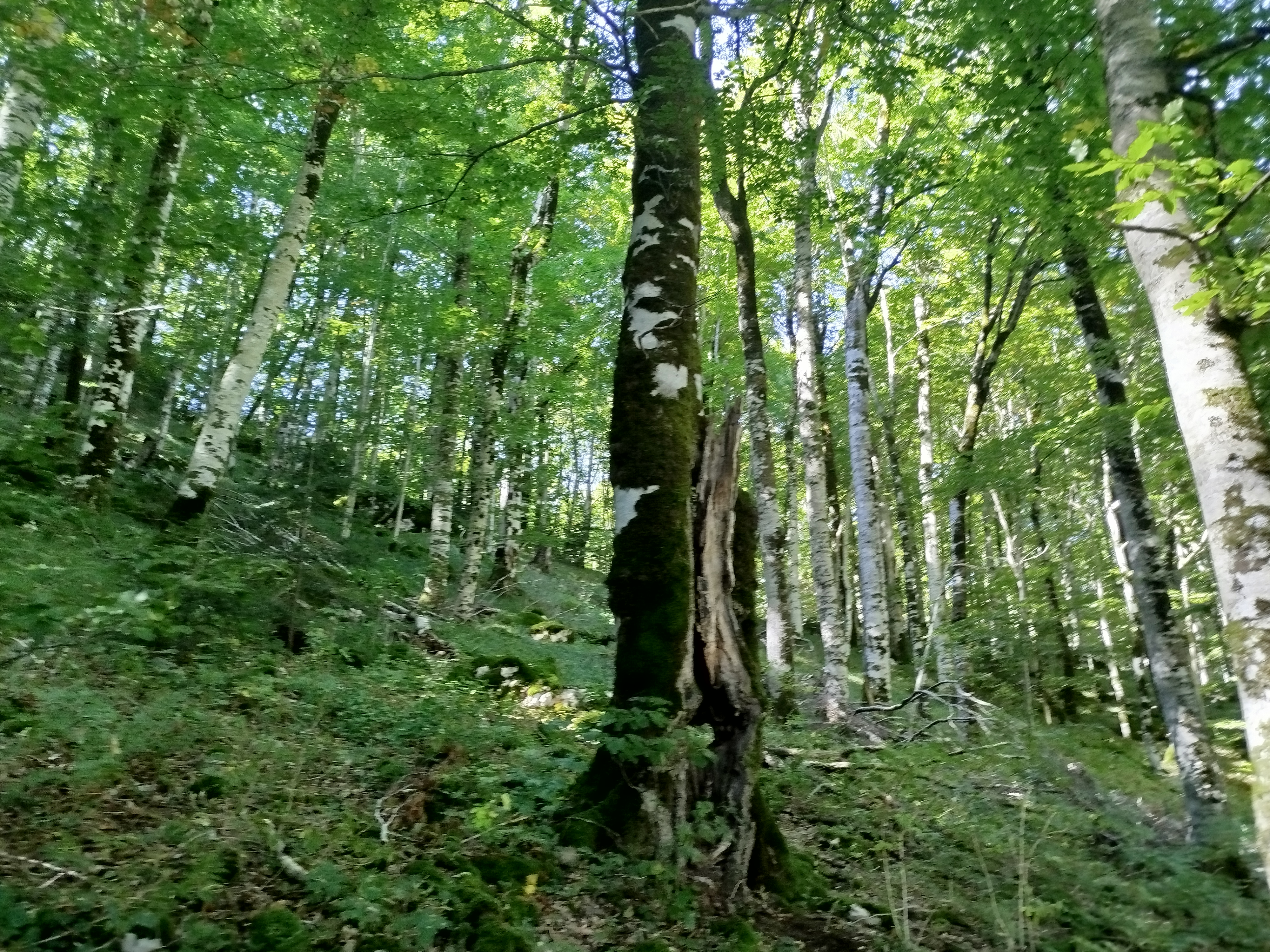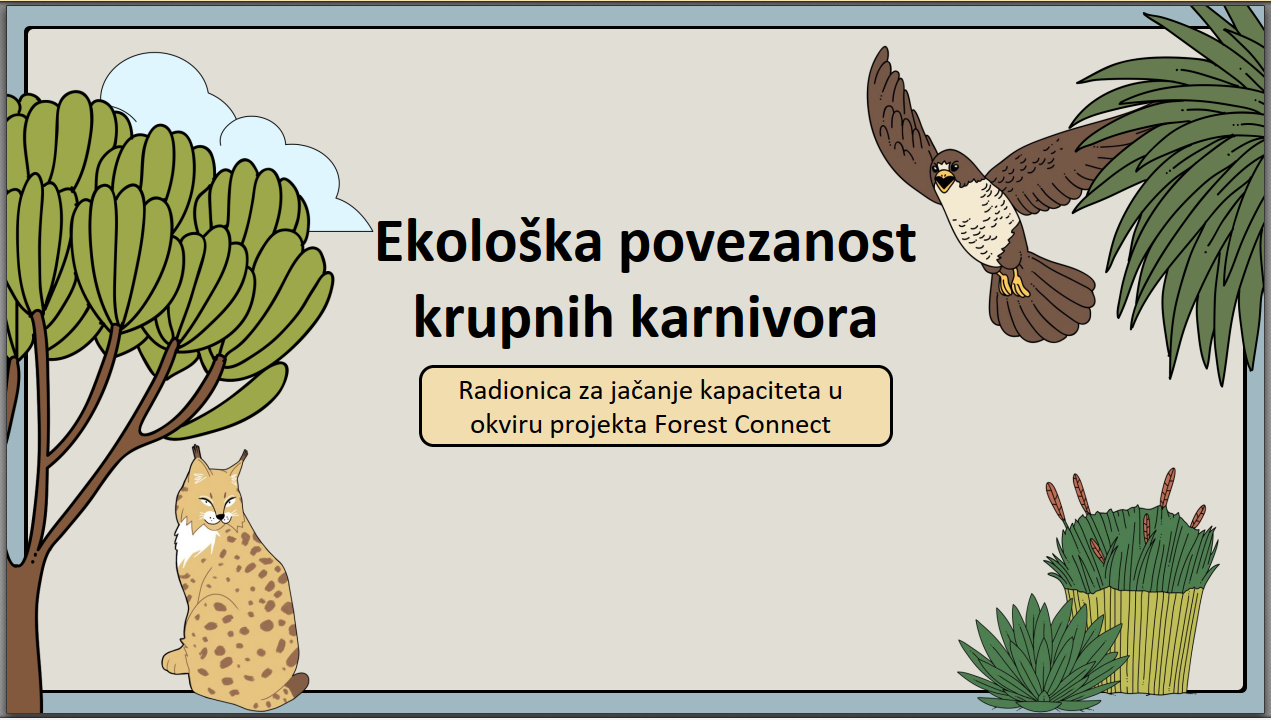
ForestConnect capacity building workshop in Serbia
The best part of our work is in the field!
Survey the area, plant native species to provide food for the bears, set up cameras in hard-to-reach places, and wait. . .
While we are waiting, we met with representatives of the Hunting Chamber, the Faculty of Biology, the Nature Conservancy Agency, the Serbian and Vojvodina Forest enterprise, the Hunting chamber of Serbia, the managers of protected areas, as well as other organizations, such as RERI, and discuss how we will further improve the coexistence of people and wildlife.
This September, we held a workshop with key collaborators and stakeholders and discussed in detail the measures to improve the current situation regarding large carnivores on the territory of Serbia.
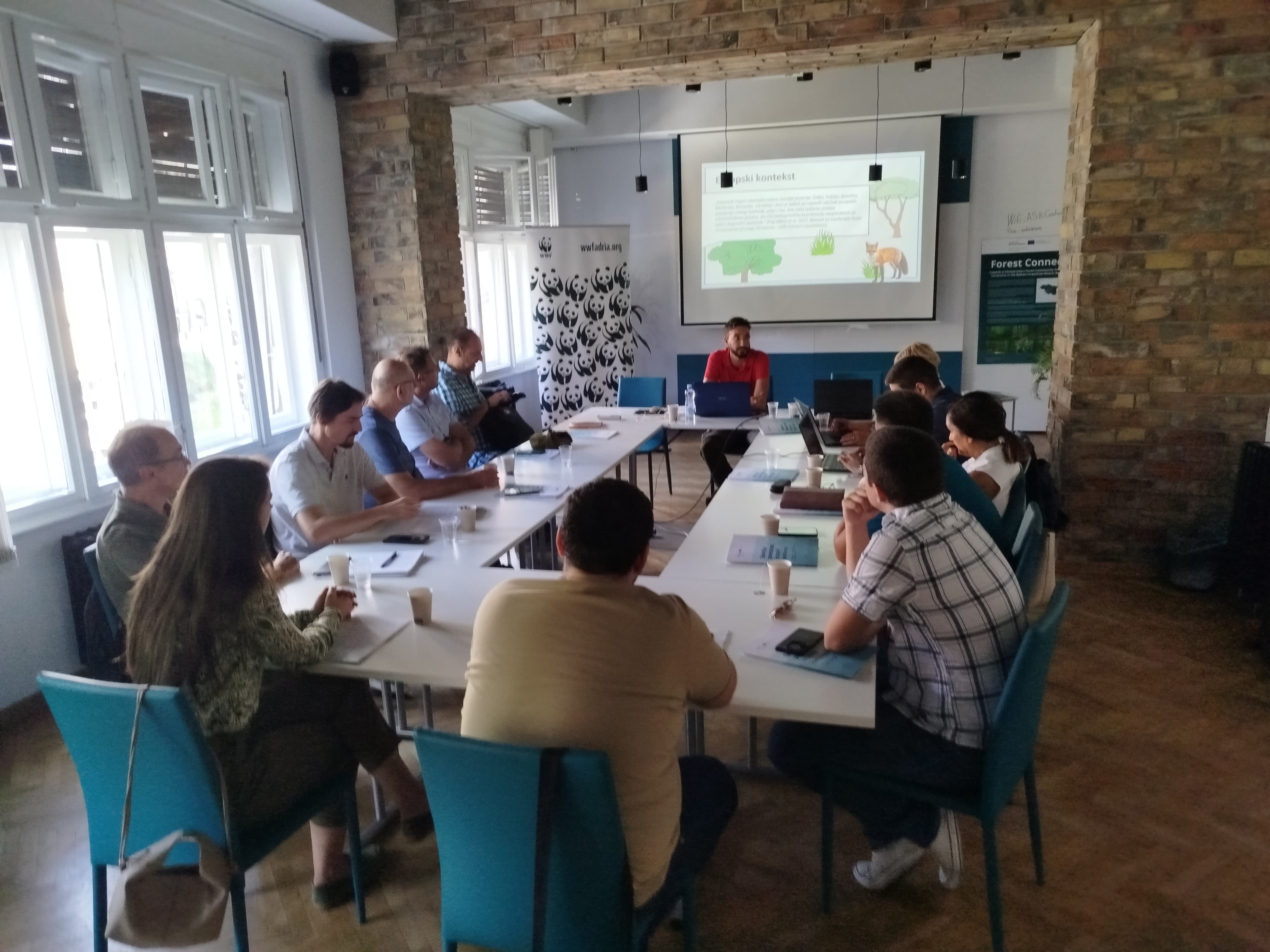
Ecological corridors consists from the cores in which large animals survive, the corridors that allow them to search for food and mates, the crossing points, the so-called "small oases", that allow them to move through inaccessible territories, and the protection zones in which we have agreed to keep them from outside influences.
As we've heard from experts today, animals can get along with us, the question is how much we can get along with them. Large carnivores need only two things: open spaces that have not been urbanized or crossed by roads and food. It should not be difficult to enable them to do so to restore balance to nature. If we understand why ecological connectivity is important and work to make corridors as free from human influence as possible, we will surely reduce the number of human-wildlife encounters.
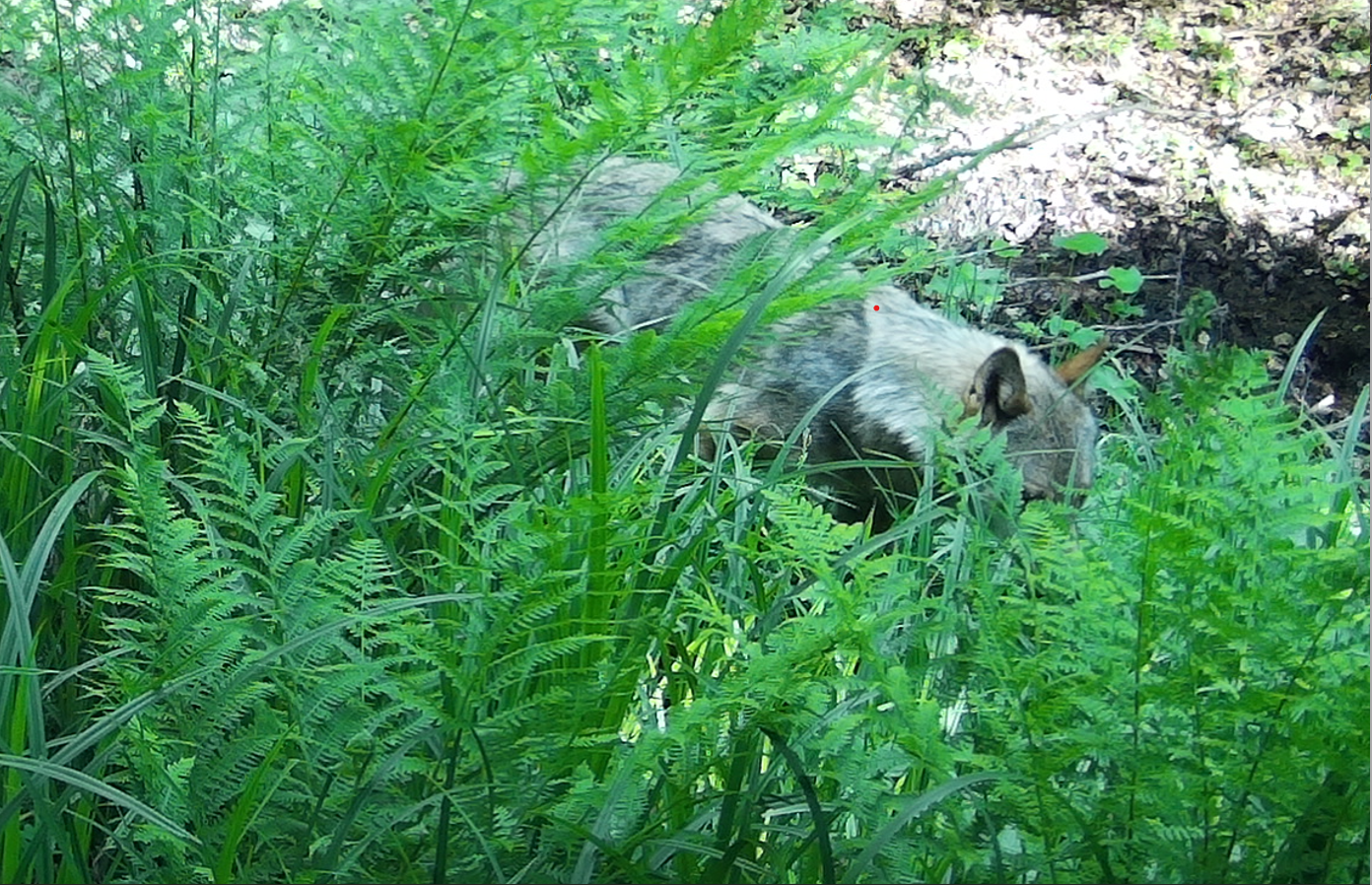
News & Events
Read the most recent updates and explore the upcoming events.

